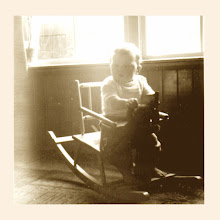In the highlands of Bolivia there is still a lively brass-band tradition, originating in the military bands brought to Bolivia by the European colonists. Over the years the military bands evolved into the civilian bandas, in which European influences blended with the local musical tradition. The bandas play an important part on the feast-days of patron saints - the fiestas.
Besides accompanying groups of dancers, they are involved in all the ritual and social activities associated with the fiesta. The banda serves as the main visiting card of the sponsor of a fiesta: if the band is good, the fiesta will be more successful and the sponsor will gain more respect in his village. The participating groups of dancers compete mainly on a musical level: with their singing trumpets and swinging tubas, the bandas try to outplay each other by playing as loud and as long as possible.
Most bandas keep to the Andino-tradition of sacrificing to the musicians' devil, known as the sereno. They believe that he will inspire them, and that the banda with the most obliging sereno will win the competition.
This documentary tells the story of the bandas on the patron saint feasts, the rituals and the competition. The documentary is the result of an investigation carried out by Miranda van der Spek into the role and function of the bandas in Oruro, Bolivia. For a year, she herself played the tuba with the banda "Espectacular Pagador de Oruro", which greatly assisted her in the making of The Devil's Horn.
This is my favourite part of the 23-minute documentary:





















1 comment:
I keep coming here to try to find this documentary, and I've never posted a comment.
Do you have the full documentary? I've try contacting the director of the film, Miranda van der Spek, but i Couldn't.
Please, let me know
thank you for sharing this
Post a Comment